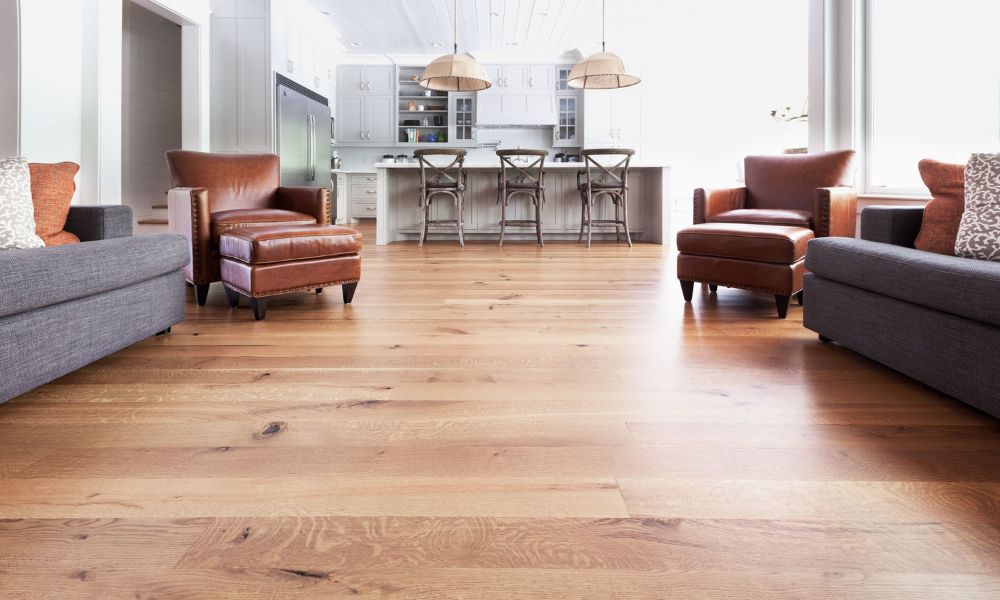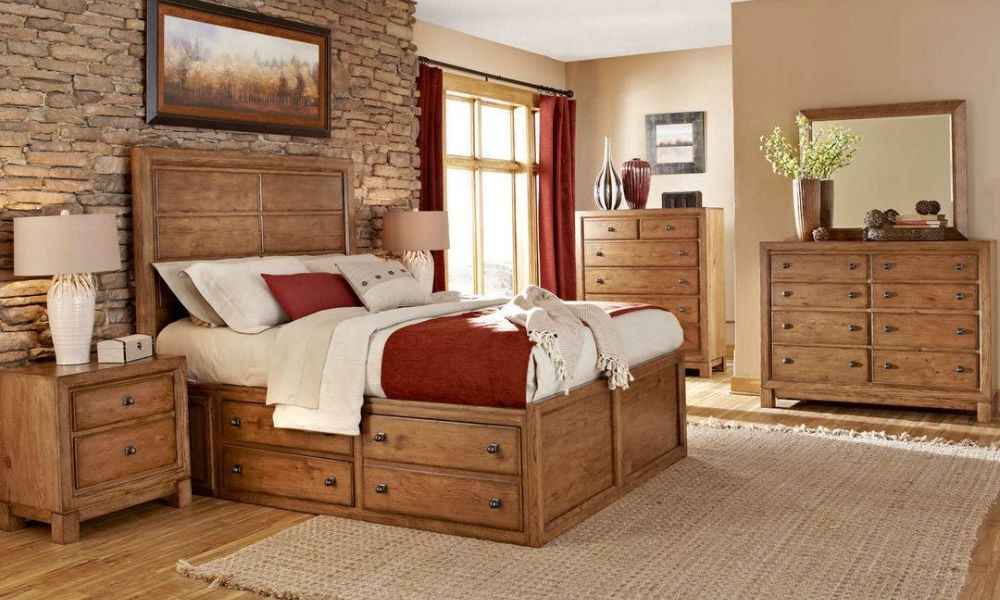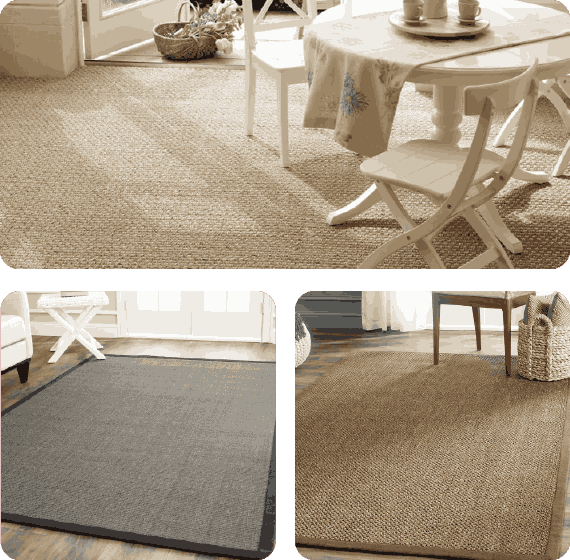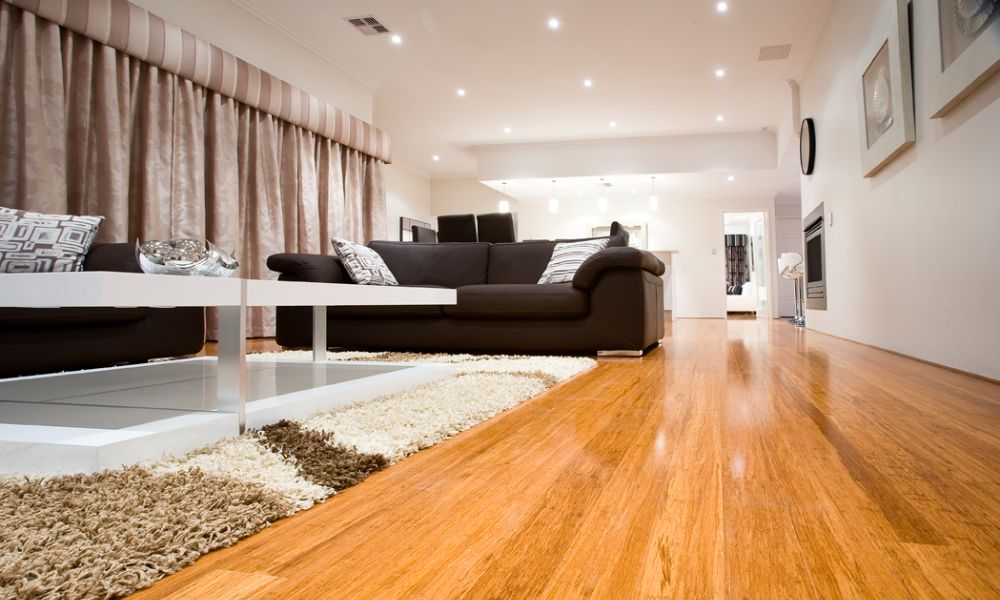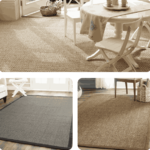Wood flooring is beautiful because of its warmth, character, and ageless appeal. But when it comes to juggling two distinct wood floors next to each other, maintaining a unified and harmonious appearance becomes crucial. With the help of this in-depth guide, we will examine numerous methods and design approaches for combining two different types of wood flooring to create a transition that not only unifies areas but also improves the appearance of your house as a whole.
Steps On Merging Two Different Wood Floors Side By Side
Embracing the Contrast
Accepting the difference between two distinct wood flooring next to one another might be a design decision rather than a hindrance. Permit each wood type’s distinct qualities to come through. Contrasting features, such as the deep colors of oak contrasted with the lighter tones of maple or the grain patterns of cherry juxtaposed with the smooth finish of walnut, can produce an eye-catching transition that gives your room depth and interest.
Consider Transition Strips
- Transition strips serve as both functional fixes and aesthetic components when combining two distinct wood floor types.
- These transition strips create a visible separation between the two surfaces and offer a smooth transition. They come in a variety of materials, including laminate, metal, and wood.
- To ensure that the transition strip merges in perfectly with the rest of the design, pick one that matches the overall look of the room.
Blending with Stain
Staining provides a flexible way to blend two distinct wood floors together. You may get a unified effect by choosing a stain that matches or enhances the lighter or darker wood. you determine the stain’s impact on both types of wood, make sure you try it first on a small, discrete area. By using this method, you can create a cohesive look without losing any of the distinctive qualities of each wood.
Gradual Transition with a Herringbone Pattern
An excellent method of creating a gradual transition between the two different wood floors is to use a herringbone pattern. In addition to adding refinement, this ageless and traditional design aids in visually combining the two surfaces. The transition becomes a purposeful and striking element in your house because of the interlocking pattern’s sense of continuity.
Bordering for Definition
A border separating two distinct wood floors can help define the transitional space and provide some style. To create a purposeful divide that improves the visual appeal of both floors, choose a border made of wood that is either complementary or contrasting. This method works especially well in bigger areas when there is a more noticeable change in wood species.
Create a Focal Point with Inlays
The chance to create an eye-catching focal point out of the change between two distinct wood flooring is presented by inlays. Think of adding a beautiful inlay that crosses the edge where the two surfaces meet. An inlay highlights the deliberate transition between the two wood kinds and adds artistic flair, whether it’s a personalized design, a medallion, or a geometric pattern.
Use a Threshold for a Subtle Divide
A thoughtfully selected threshold can establish a discrete and useful separation between two distinct wood floors. Choose a threshold that blends in with the overall scheme of things and guarantees a seamless, aesthetically pleasant transition. This technique gives a clean, polished appearance while preserving a sense of continuity, and it works particularly well in places where the two wood kinds converge at a doorway.
Incorporate a Decorative Rug
The addition of a colorful rug positioned between two distinct wood floors might be a useful and fashionable fix. Select a rug that harmonizes with the two types of wood to bring the pieces together and make the transition look smooth. This method improves the overall design cohesiveness by serving as a unifying element and adding warmth to the room.
Professional Installation and Consultation
It can be quite helpful to get professional installation and design advice when attempting to combine two distinct wood flooring. Professionals in flooring can evaluate the distinct qualities of every kind of wood, provide appropriate transition techniques, and guarantee a faultless installation. Their knowledge can help create a seamless transition that highlights the beauty of both wood floors.
Conclusion
Combining two distinct wood floors together is a creative way to highlight the richness and diversity of natural materials. Whether you achieve this by utilizing transition strips, blending with stain, embracing contrast, or adding ornamental elements like inlays and borders, the main goal is to create a transition that seems purposeful and improves the overall look of your house. You may create a smooth and eye-catching transition that highlights the classic beauty of wood flooring by experimenting with these methods and thinking about expert advice.


